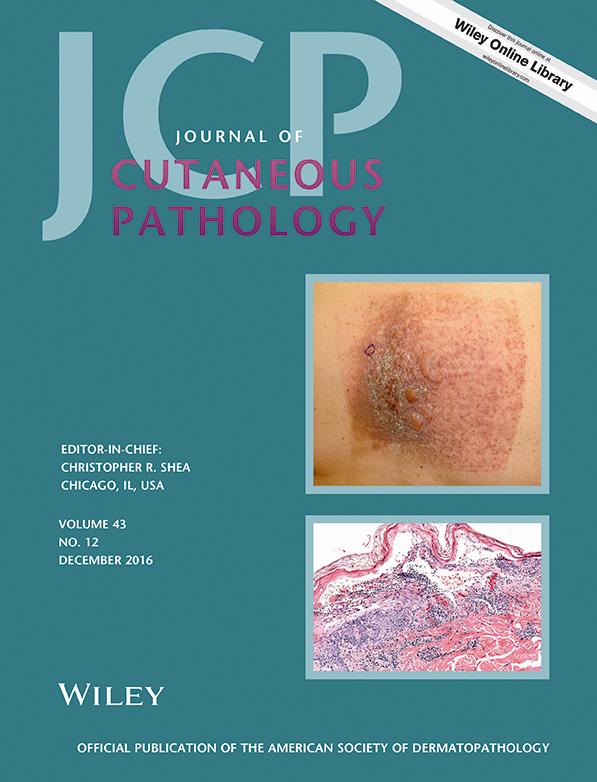Primary cutaneous adenosquamous carcinoma of the penis: the first characterization of HPV status in this rare and diagnostically challenging entity with review of glandular carcinomas of the penis
Abstract
Glandular and pseudoglandular tumors of the penile skin are extremely uncommon and can present diagnostic challenges. Primary adenosquamous carcinoma of the penis is an extremely rare tumor, composed of distinct areas of malignant squamous and glandular cells, making it a diagnostically challenging entity. The World Health Organization (WHO) recognizes several subtypes of squamous cell carcinoma (SCC), each with its own distinctive pathologic appearance, clinical associations and prognosis. Among these variants is the exceedingly uncommon adenosquamous carcinoma (ASC), representing 1%–2% of all SCC of the penis. Recent large studies have interrogated the presence of human papillomavirus (HPV) in malignant penile tumors and have shown specific morphologic patterns and clinical presentations to associate with HPV status. However, given the rarity of the adenosquamous variant of SCC, it has largely been excluded from these studies. The glandular components of these lesions can present a confusing appearance, particularly when a large tumor is represented on a small biopsy. Here we describe a difficult histologic presentation of this rare tumor, with the first published characterization of the HPV status of this subtype. This case represents a distinctly unusual case of metastatic HPV-positive primary cutaneous adenosquamous carcinoma of the penis.




